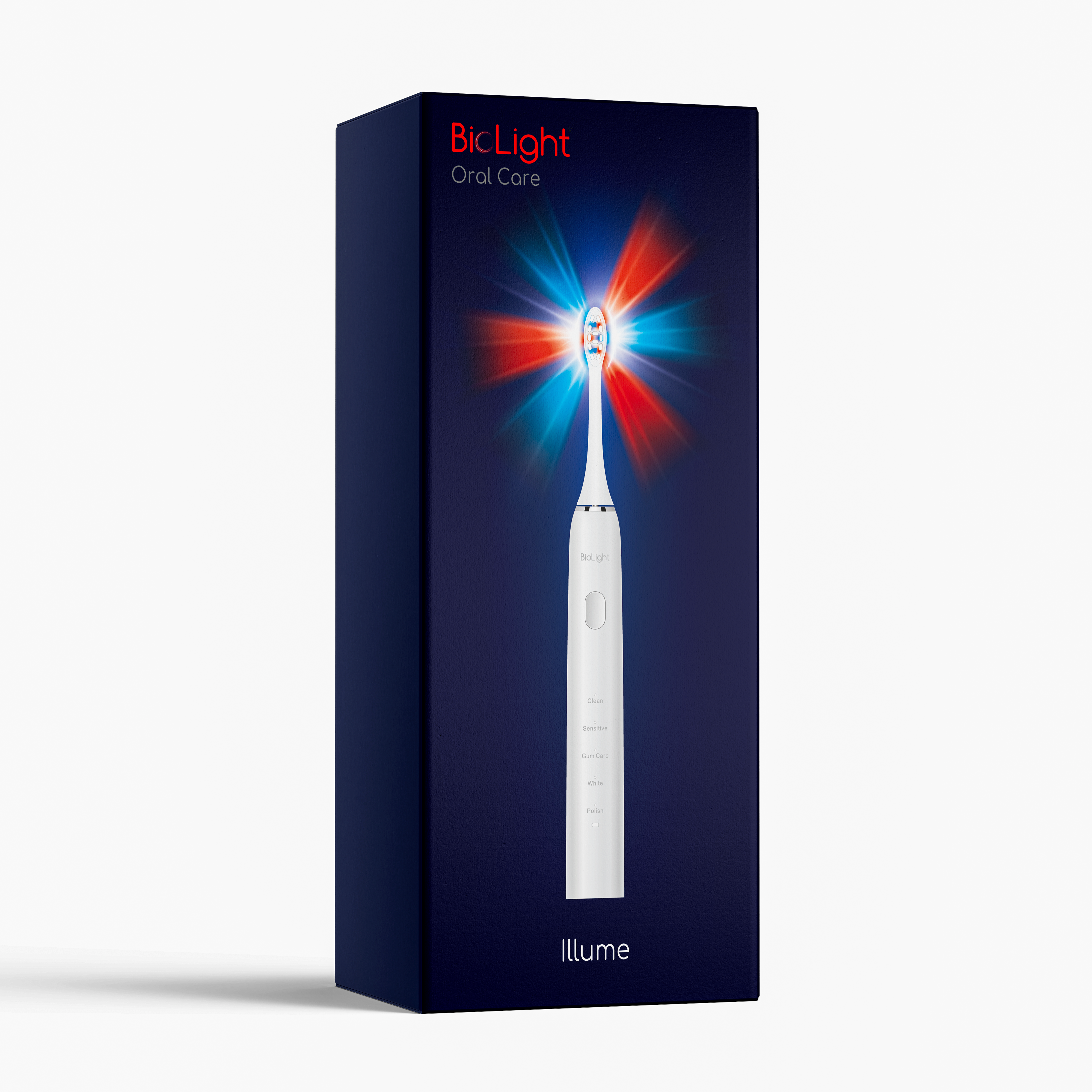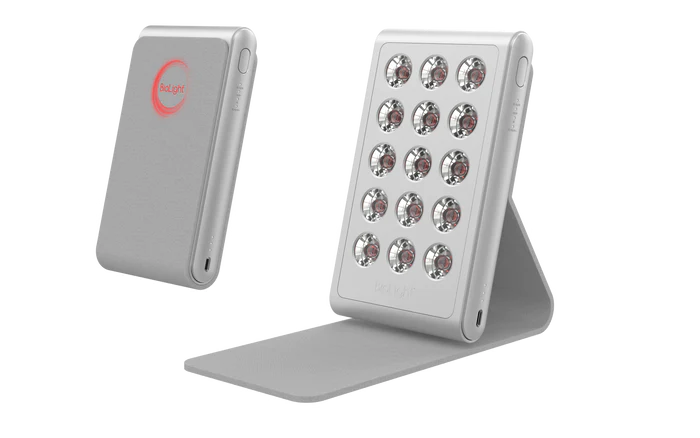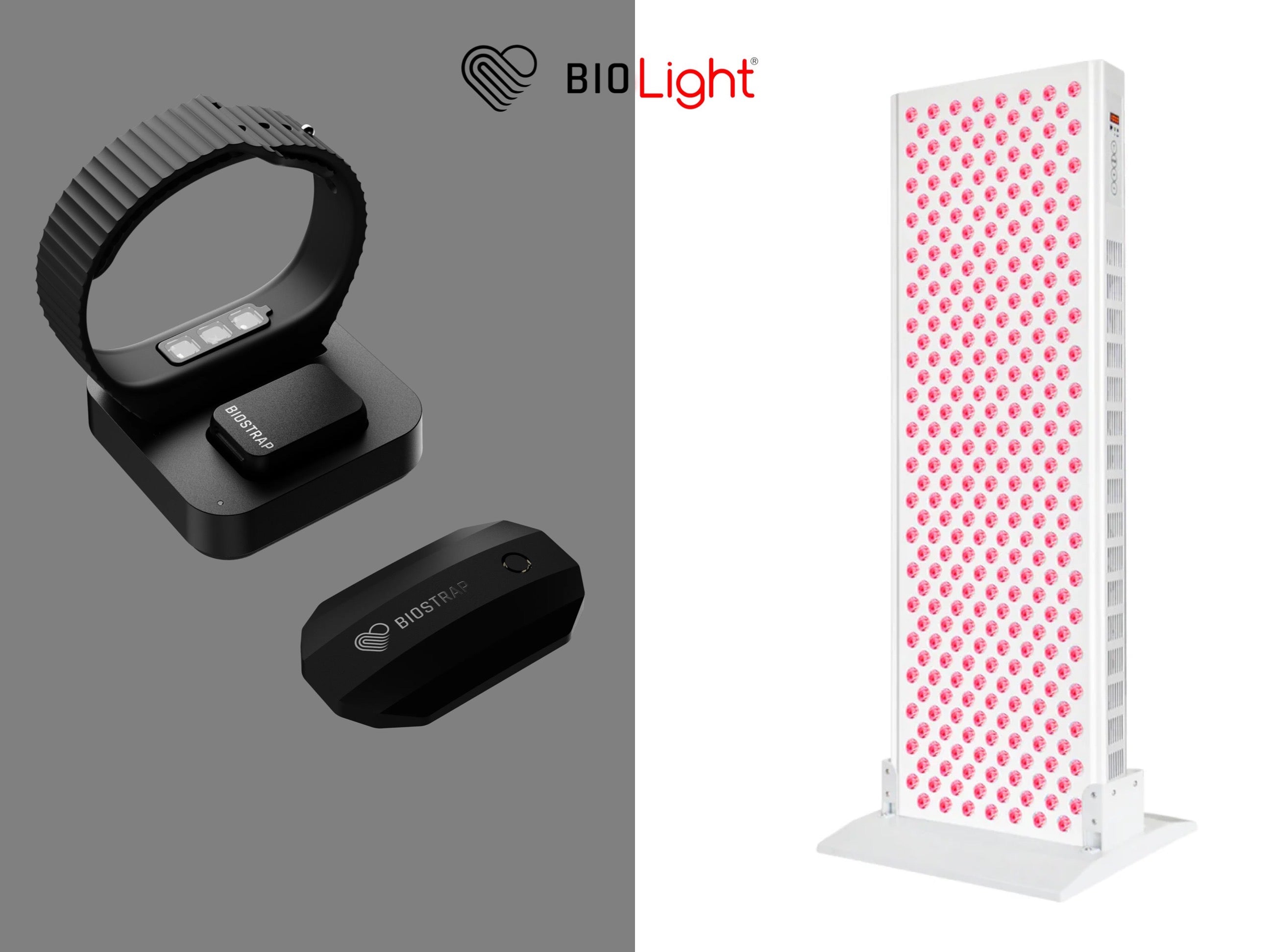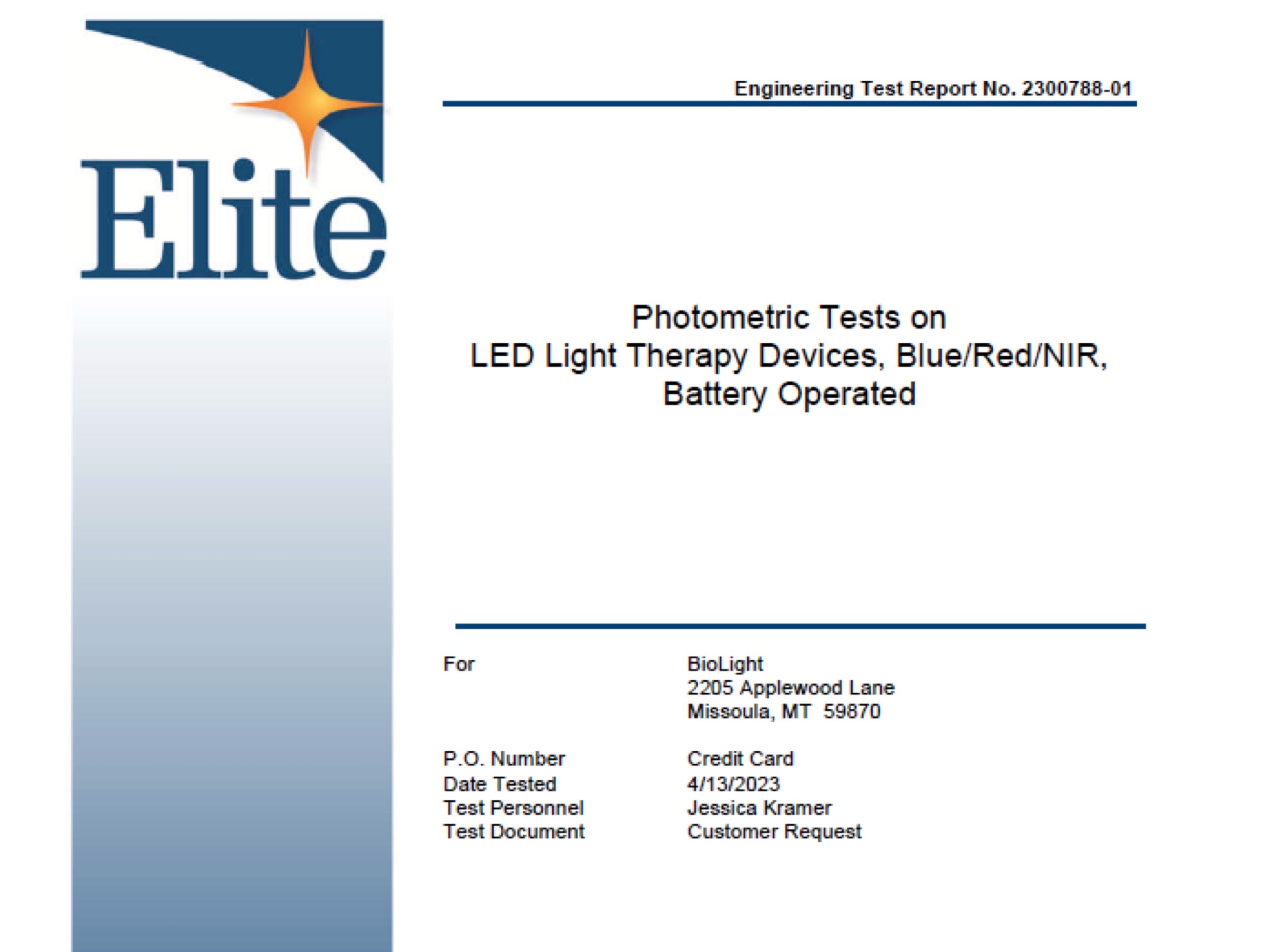Periodontal disease, commonly known as gum disease, is a serious condition that affects the gums and supporting structures of the teeth. If left untreated, it can lead to tooth loss and other health complications. However, the good news is that periodontal disease is manageable and even reversible in its early stages with proper care and treatment. This article will explore the best strategies to combat periodontal disease, including professional treatments, home care practices, and the potential benefits of light therapy.
Understanding Periodontal Disease
Periodontal disease starts with the buildup of plaque—a sticky film of bacteria—on the teeth. If not removed, plaque hardens into tartar, which can irritate the gums, leading to inflammation, bleeding, and eventually, the destruction of gum tissue and bone. The condition progresses through stages, from gingivitis (mild inflammation) to periodontitis (severe gum disease). The key to managing periodontal disease is early intervention and consistent care.
Best Practices for Managing Periodontal Disease
1. Maintain a Rigorous Oral Hygiene Routine
The foundation of periodontal disease prevention and management is maintaining good oral hygiene. This includes:
- Brushing Twice Daily: Use a soft-bristled toothbrush and fluoride toothpaste to brush your teeth at least twice a day, focusing on the gumline where plaque tends to accumulate.
- Flossing Daily: Flossing helps remove plaque and food particles from between the teeth and below the gumline, areas that brushing alone can’t reach.
- Using Antimicrobial Mouthwash: An antimicrobial mouthwash can help reduce the bacterial load in your mouth, lowering the risk of gum disease.
2. Schedule Regular Dental Check-ups
Regular dental visits are crucial for early detection and treatment of periodontal disease. Your dentist can:
- Perform Professional Cleanings: Regular cleanings help remove plaque and tartar that you can’t eliminate through brushing and flossing alone.
- Monitor Gum Health: Routine exams allow your dentist to detect early signs of gum disease and recommend appropriate treatments before the condition worsens.
- Provide Tailored Advice: Based on your oral health, your dentist can suggest personalized strategies for maintaining healthy gums.
3. Consider Scaling and Root Planing
For those with more advanced periodontal disease, scaling and root planing may be necessary. This deep-cleaning procedure involves:
- Scaling: Removing plaque and tartar from the teeth’s surfaces and below the gumline.
- Root Planing: Smoothing the roots of the teeth to remove bacterial toxins and help the gums reattach to the teeth.
4. Explore the Benefits of Light Therapy
Red light therapy, also known as low-level laser therapy (LLLT), is gaining attention as a complementary treatment for periodontal disease. This therapy works by:
- Reducing Inflammation: Red light therapy penetrates the gum tissues, reducing inflammation and promoting healing.
- Promoting Tissue Regeneration: By enhancing cellular energy production, red light therapy can accelerate the regeneration of gum tissue.
- Supporting Overall Gum Health: Regular use of red light therapy, in conjunction with traditional treatments, can help maintain healthier gums.
5. Adopt a Healthy Lifestyle
Your lifestyle choices significantly impact your oral health. Consider the following:
- Quit Smoking: Smoking is a major risk factor for periodontal disease, as it impairs gum health and reduces blood flow to the gums.
- Eat a Balanced Diet: A diet rich in vitamins and minerals, particularly vitamin C and calcium, supports gum health and strengthens teeth.
- Manage Stress: High stress levels can weaken your immune system, making you more susceptible to infections, including gum disease.
Conclusion
The best approach to managing periodontal disease involves a combination of good oral hygiene practices, regular dental care, and potentially, advanced treatments like scaling and root planing or red light therapy. By adopting these strategies, you can prevent the progression of periodontal disease, protect your teeth, and maintain a healthy smile.














